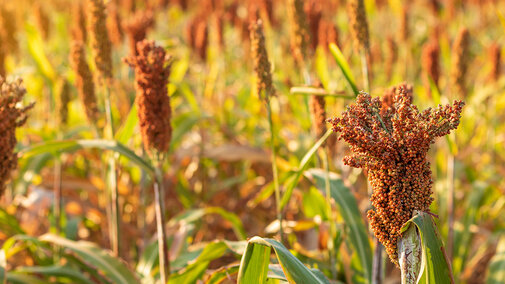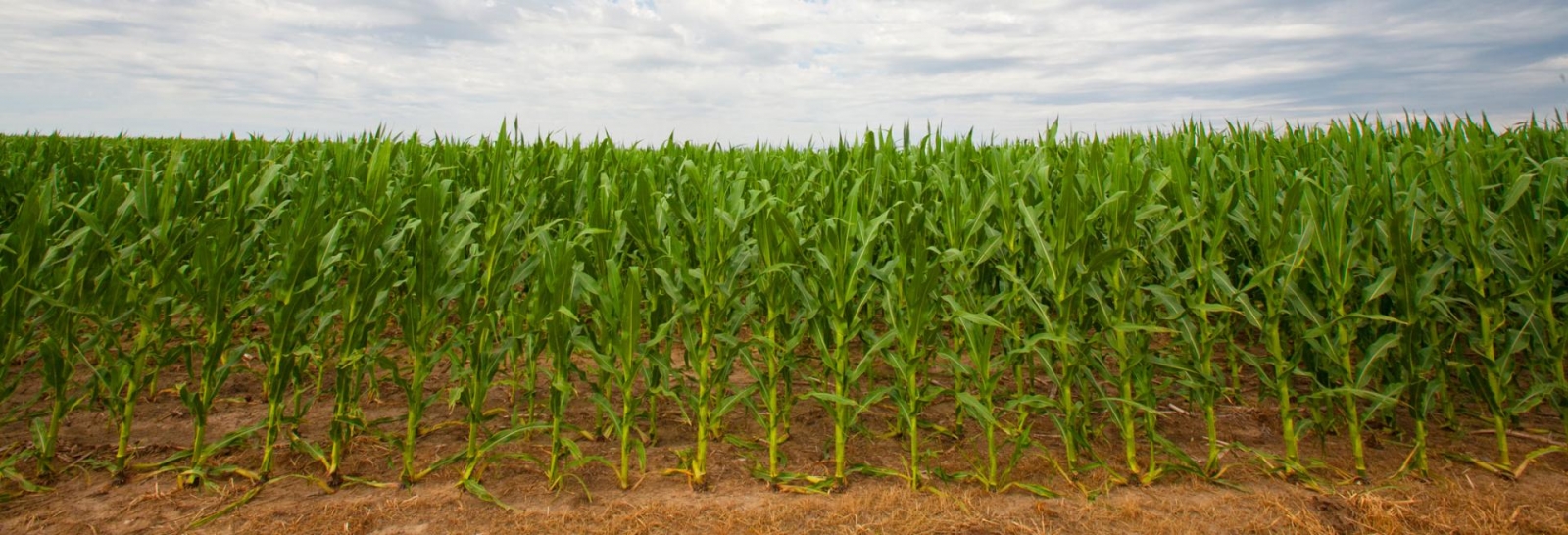Winter Grazing
Grazing stockpiled winter range or pastures has several benefits. It is much less costly compared to feeding hay. On native range, there is little risk of damage to the grasses because they are dormant and winter stocking rates can be somewhat higher compared to the summer. Often, you will notice that native pastures only grazed during the winter are the most vigorous and productive.
It is important that you closely monitor body condition of the cows during the winter grazing period. Crude protein is generally the most limiting nutrient during winter grazing. The crude protein content of dormant warm-season grasses will be around 5% to 7% and will slowly decline through the winter months from weathering and as the cattle selectively grazing the higher quality forage in a pasture.
Stockpiled cool-season grass pastures are those that have been only lightly or not grazed during the growing season. These pastures may have slightly higher crude protein levels, but that quality will also decline as the winter progresses. Feeding the right amount of protein supplement while winter grazing will allow the cows to effectively utilize that winter forage and maintain the desired body condition.
A possible grazing management strategy that can be used is to do simple rotational grazing where cattle are periodically moved to a new winter pasture. This will allow for a more consistent diet quality when winter grazing.
Whatever your strategy, consider carefully what kind of nutrition animals are getting from the pasture so you neither underfeed nor overfeed expensive supplements. And be sure to provide salt, calcium, phosphorus and vitamin A free choice at all times.
Winter grazing is a great opportunity to reduce winter feed costs. With proper management, it can help you meet many of your feeding goals.
Grazing Standing Milo as Low-Cost Winter Feed
Looking for ways to stretch feed supplies and lower winter feed costs? One option that’s gaining attention is grazing standing milo, or grain sorghum. Instead of harvesting the crop, cattle are strip-grazed through the field, using temporary fencing to allocate a small section each day.
University of Missouri research shows this approach can dramatically cut feed costs compared to feeding hay — often less than half the daily cost. Standing milo provides a consistent, high-energy feed source that works especially well for fall-calving cows when paired with a protein supplement. Plus, direct grazing saves fuel and equipment time, and returns nutrients right back to the soil.
If you’d like to learn more about the economics, setup, and real-world experience of grazing standing milo, join Nebraska Extension’s upcoming webinar at 1 p.m. CT/noon MT Wednesday, Dec. 4. Missouri Extension’s Rusty Lee and a producer using the system will share research results and lessons learned.
For details or to register, contact Aaron Berger, 308-235-3122. You can also find more information in the University of Missouri publication, “Strip-Grazing Milo as a Low-Cost Winter Forage”.

